Today, when launching an eCommerce website takes only a couple hours, Apparel & Accessories remains one of the trickiest product categories in online retail.
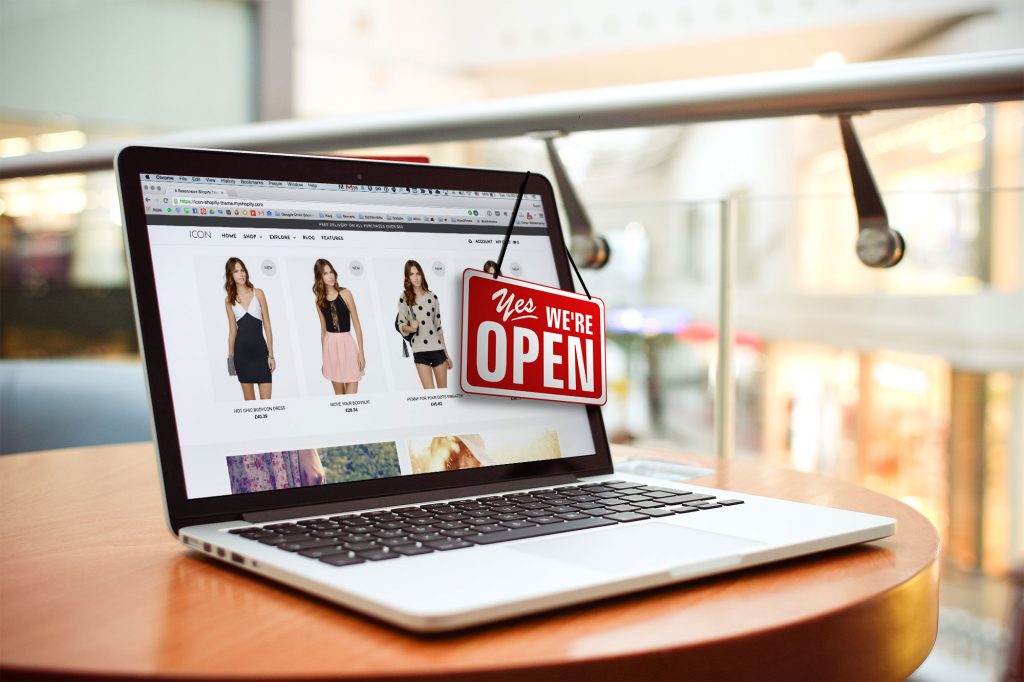
While it is easy to build and launch an online store in mere hours, soon you’ll start noticing that something is missing and your sales rate are not as high as you expected. This is the moment you come to the next important part of running an eCommerce business – distinguishing between various product categories and taking into account specific nature of the product as you’re searching for the best selling techniques in the segment.
So, what should an Apparel & Accessories eCommerce store pay attention to step out?
Reference Price Defines Success
“Reference price” is a traditional sales term and means the cost that consumers anticipate paying or consider reasonable for a particular good or service regarding competitors’ offer or the previous price. Reference price in your store affects all future customer’s decisions.
Have you ever noticed that when you enter a local store, the first shelves you see are the ones with average-priced goods? Did you ever stop to ask yourself why? In practice when the most expensive or cheapest products are placed at the entrance to grasp the eye, potential customers are instantly deterred. Front shelves with expensive goods scare customers away creating a false image of a store full of inaccessible, high-priced products, whereas front shelves with the cheapest ones make customers think all you sell is penny-worth cheap things.
Now think about the probable number of products in a local store and your online store. In all likelihood, no offline store can beat your store in the number. Make a real asset out of it and retain your future customer with a pleasant picture of available but serious prices to help sustain a pleasurable decision journey.
What’s the problem?
Online retail is full of hidden potential. Every second an online store can learn something new about a visitor. From explicit data such as age, gender, geographic location that you can ask your visitor to fill out in her profile, to the deepest implicit data such as AOV (Average Order Value), probable income level, relationship status (if she’s shopping for both her and her partner), particular style preferences. Implicit data is crucial to your success as it helps define each visitor and customize your “front shelves” accordingly.
All this leads us to the question of personalization. How can you be successfully presenting goods with your catalog so wide and your audience so various? How do you define what to show each customer to lead her to a completed purchase?
The answer is Personalized Product Recommendations.
Personalized product recommendations on the main page of your store make your product feed fluid, dynamically adapting to each visitor. A visitor with a higher income will see $185 worth premium wool hand knitted sweaters and a person with a lower income – $60 worth cozy and warm sweaters. As we all know, the average cost is a dynamic concept. Personalization allows you to overlap all target groups.
Average-priced goods on the main page of Portland Dry Goods are always the same. This store lacks a critically missing ingredient.
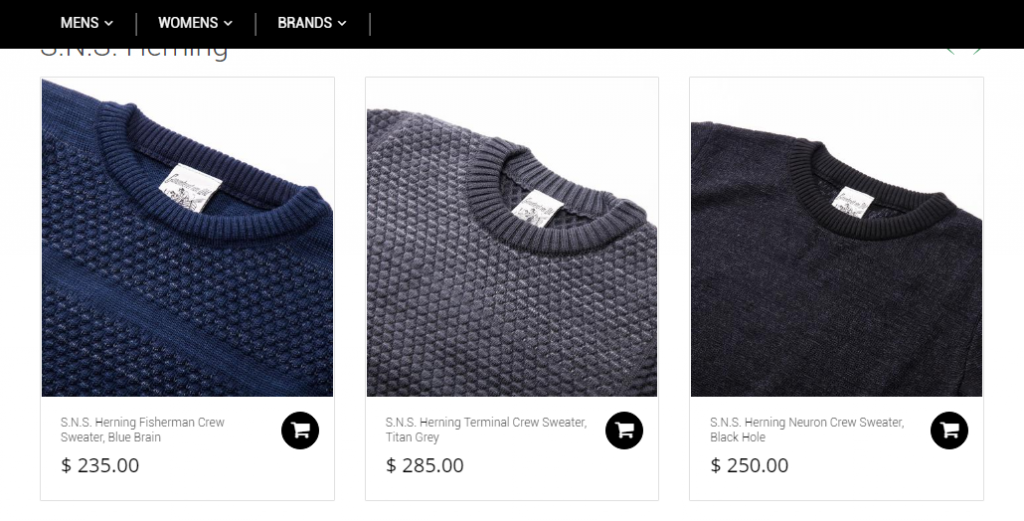
Clearance Sales
Old collections get cheaper. Now and then an online store faces a common problem – how to clear out shelves full of old items while possibly keeping reasonable prices not to go in the red. And at the same time not to take attention of wealthy customers off the new collections.
What’s the problem?
Online stores often show hot deals and on-sale clothing and accessories right on the main page of the catalog and in each category. Those “deals” and “sales” are, just as often, general clearance sales.
Automatic smart customer segmentation, interconnected with recommendations, empowers your store to divide and rule over your audience. Now you have a chance to keep wealthy customers busy with new collections, in the meantime making effective clearance sales for lower income buyers. We call it “dynamic merchandising.”
Express.com effectively adapts storefront adding into recommendations last collection items for the buyers, who browse modest clothing for a long time.

Right Incentive to Men

Somehow, men’s clothing gets less attention and generates fewer sales than women’s. Every store dreams about providing the right incentive to men and entices them into buying, all if possible.
AMP Capital Shopping Centres, which owns 27 shopping centres in Australia and New Zealand, did indepth interviews with 750 shoppers in both countries and another 1500 in online.
Just over half of Kiwi men said they visited a shopping centre at least once a week and three-quarters were spending more these days on fashion.
What’s the problem?
Seldom can online stores grasp the big picture and address men effectively enough to gain their genuine interest. Can you?
To incentivize your positioning, it’s crucial to employ industry-specific algorithms developed to consider all important in Apparel & Accessories characteristics both of the customer and the product. Does your customer have a better half? What age are they both? Do they have children? What body type, shoe and clothing size do the family have? What are their brand and style preferences?
You can have the answer to all these questions and in real time form dynamic product recommendations tailored individually to each your visitor. If you choose an Advanced Marketing & Personalization Suite such as REES46 that features unique niche solutions for specific product categories, including Apparel & Accessories.
Our suite analyzes actions of your visitor in milliseconds, progressively gathering every minute detail in a vast network of interconnected customer profiles. It then predicts future customer actions.
For instance, if the customer always browsed through women’s clothing but on Christmas Eve started looking for a sexy men’s underwear there is a big chance this woman is a relationship and looking for a present for her boyfriend. In this case, our suite will add to personal recommendations men’s underwear and featured products.
Does it fit me?
How often did it happen to you as a customer – you go to a clothing store, find a nice winter coat but the size does not fit? You leave the store disappointed.
This problem has been a hot topic since forever.
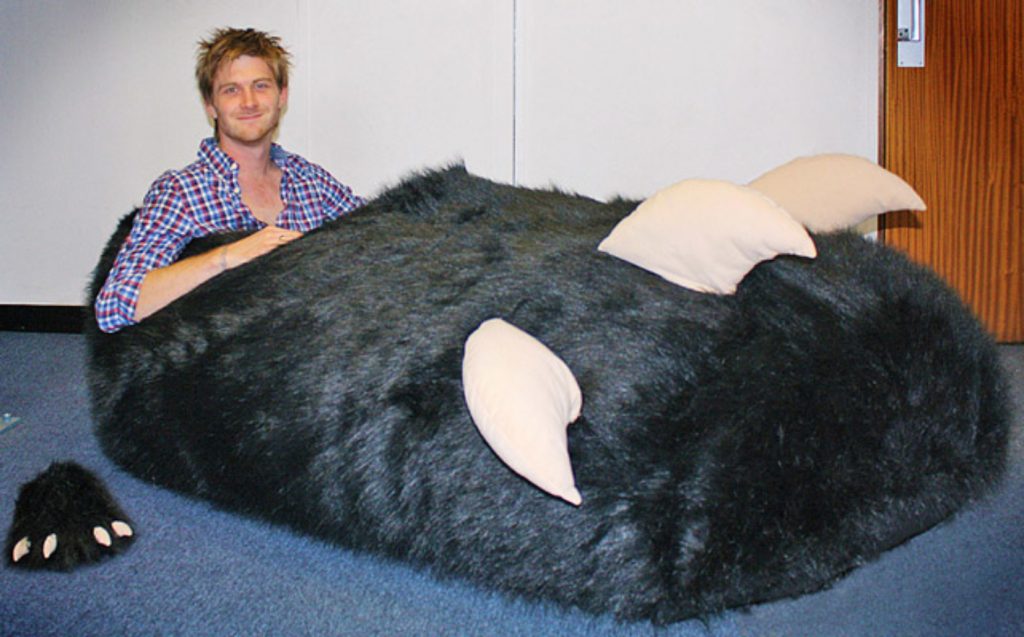
In offline stores this situation is inevitable. But your online store can help you if not avoid it completely, then minimize the negative effect and better satisfy the customer.
What’s the problem?
A lot of online stores disregard proper personalization due to lack of resources and divide items in recommendations into two general categories: regular size and plus size.
Whereas Marketing & Personalization Suites know every vital detail about every client. Exact data in the network of interconnected profiles includes both explicit and implicit details and is used to generate only most relevant recommendations.
Explicit data from virtual customer profiles is meant to rule out unsuitable clothing and shoe sizes for the regular customer.
Implicit data from customer profiles is gathered on the go and meant to narrow down the size range for the yet unknown visitor (Progressive Personalization is done in minutes and based on machine learning with complex logic and advanced algorithms).
With REES46 suite you can be sure your customers are recommended items available in their size right now.
Asos displays similar items in plus size, and accessories not limited by size.

Alternative Solutions Are Not Always Good
Online retailers have always tried to be up-to-date with the latest eCommerce trends and this brought to life curious practices.
Let’s take a look at some of them.
Questionnaire with Built-in Recommendations
In essence, this is manual personalization – the customer personalizes product recommendations on her own, filling out the questionnaire for the system to build and display relevant recommendations. This practice has nothing to do with either Big Data or Progressive Personalization. It doesn’t even apply any kind of collaborative filtration but works as a self-bruteforce making the customer do all the work
 This approach requires active customer engagement and is very slow. There is also no telling if the client doesn’t lie and takes time to answer the questions not just clicking away.
This approach requires active customer engagement and is very slow. There is also no telling if the client doesn’t lie and takes time to answer the questions not just clicking away.
AI-Type Recommendations
Object recognition was not taken up solely by Google neural network or Prisma app.
Today eCommerce also starts featuring solutions based on that technology – for instance, Vue.ai can auto-tag clothing in the picture and, relying on that, builds product recommendations.
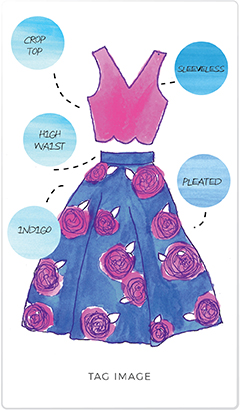
This solution being a cutting edge one, has a major flaw – its integration with an average online store would cost a fortune and at least a year of work.
Build Your Look
Fashion models in advertising state-of-art photos are always stylish and feature a complete look. Often the customer starts to crave not only “this cardigan” but also “these shorts”, “this beige belt”, “this stylish pair of glasses” and “this beautiful purse”. That is why a “build your look” type of approach has recently emerged in eCommerce.
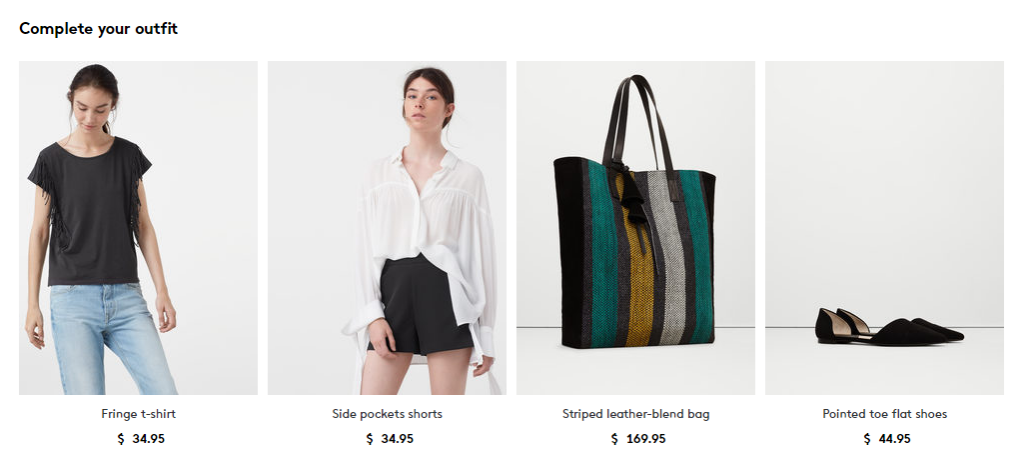
This type of marketing approach is employed by many worldwide renown retailers – for instance, Mango.
How to Integrate Product Recommendations into My Store?
Apparel & Accessories is a tricky product category with numerous vital parameters that can easily affect customer decision journey. Some parameters can be stable – such as clothing and shoe size, kid’s(s’) age, gender, but some are very volatile – for instance, brand and style preferences. Some momentary preferences must be accounted for – today’s emotional state (browsing history), today’s color preferences and so on. And of course, the reference price is dynamic for each customer.
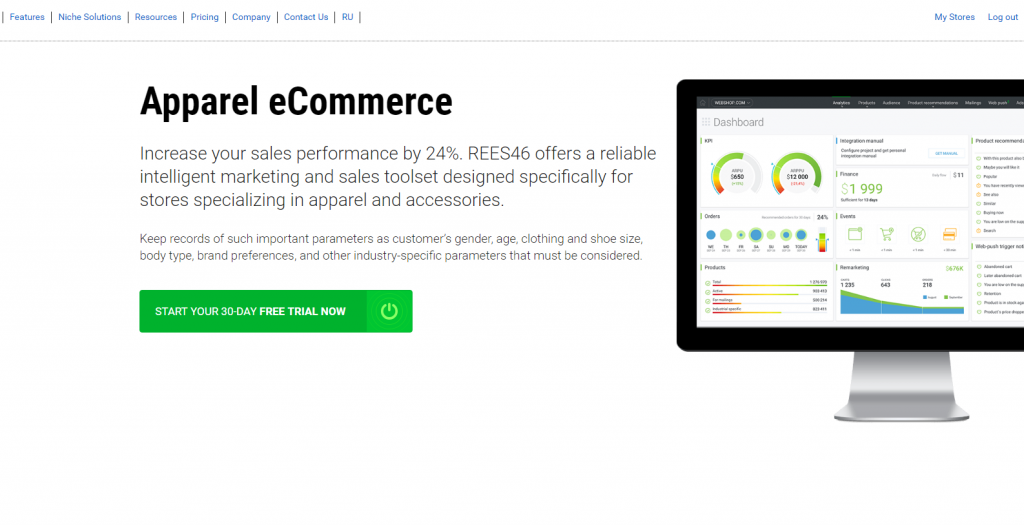
REES46 Apparel eCommerce marketing suite takes into consideration all these parameters and easily integrates into your online store. Check it here.
Сheers,
REES46 team